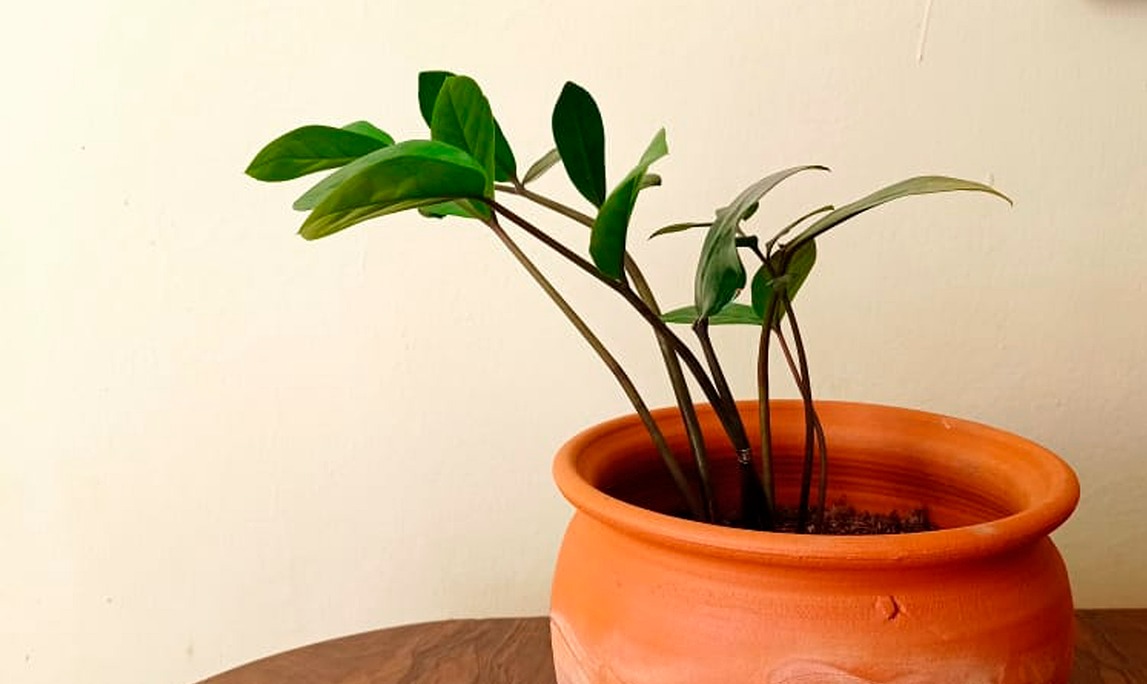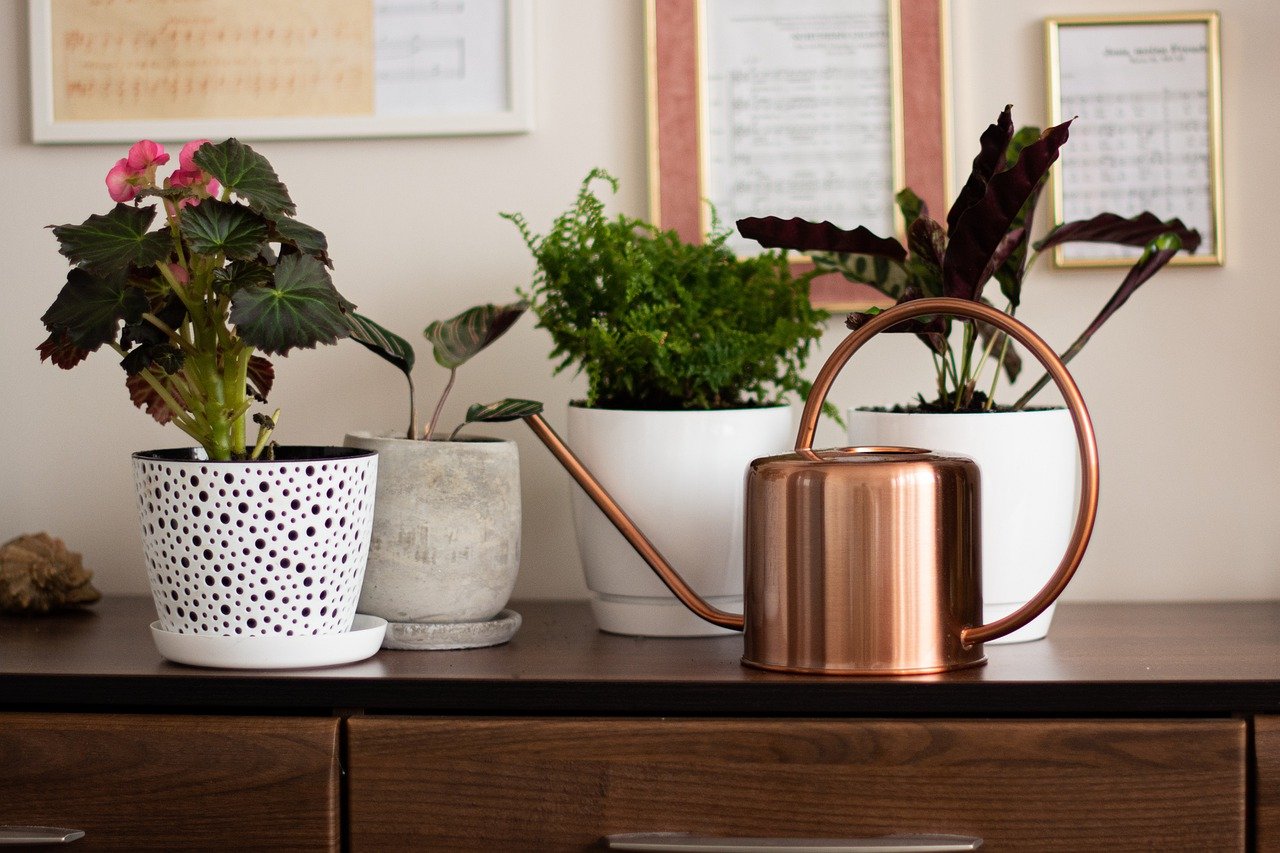Why Is My Plant Dropping Healthy Leaves? Understanding Causes
Have you ever noticed your beloved plant dropping leaves all of a sudden, even though it seemed to be healthy and thriving? It can be quite worrying to witness, but fret not, as there could be several reasons behind this. Let's delve into the potential causes and gain a better understanding of why even healthy plants might sometimes shed their leaves.
Understanding the Causes of Healthy Leaf Drop
It can be alarming when you see leaves falling off your plant. However, this phenomenon is frequently a natural response to alterations in the plant's surroundings or treatment. The plant may be trying to adapt to changes in light, temperature, humidity, water, or soil quality. It could also be a sign of overwatering, underwatering, or pest infestation. By determining the underlying causes of this issue and taking swift action to correct them, you can help your plant recover its health and vitality. This might involve adjusting the plant's placement, watering schedule, or fertilization routine. With proper care and attention, your plant can return to robust growth and beauty.
Environmental Stress
In response to various environmental stressors, plants may lose their healthy leaves as a protective response. These stressors can include extreme temperatures, sudden drafts, and changes in light exposure. When plants experience such stressors, they trigger a defensive mechanism to conserve their resources and adapt to the new conditions. As a result of this mechanism, plants may shed some of their leaves to direct their energy towards their more essential parts. This leaf-shedding process is a natural and effective way for plants to cope with environmental changes and ensure their survival.
Watering Issues
Maintaining healthy foliage is one of the primary objectives of any plant owner. However, overwatering or underwatering can lead to healthy leaf drop, which can be alarming. Overwatering can cause the plant's roots to suffocate and lead to root rot. On the other hand, underwatering can cause dehydration and nutrient deficiencies, which can be detrimental to the plant's health.
Therefore, it is essential to find the right balance and water your plants based on their individual needs to maintain healthy foliage. It is necessary to understand the specific watering requirements of each plant species and monitor the soil moisture levels regularly to ensure that they are being watered optimally. By providing the right amount of water, you can prevent healthy leaf drop and promote healthy growth in your plants.
Nutrient Deficiencies

When plants experience nutrient deficiencies can lead to plants dropping healthy leaves, especially in essential macronutrients like nitrogen, phosphorus, and potassium. These macronutrients are crucial for plants' healthy growth and development, and a lack of one can lead to various issues. For instance, nitrogen is essential for plant growth and helps to maintain the plant's green color. Phosphorus, on the other hand, plays a crucial role in root development and helps to support flower and fruit production. Potassium is necessary for overall plant health and helps to regulate water balance, among other functions.
If you notice healthy leaf drop in your plants, it's essential to check their nutrient levels. Proper fertilization and soil amendments can help ensure your plants receive adequate nutrition and prevent this issue from occurring. You can use fertilizers that contain the necessary macronutrients or add soil amendments like compost, manure, (maybe not in the house though!) or other organic matter to provide the necessary nutrients to the plants. Monitoring your plants' nutrient levels regularly and adjusting their fertilizer or soil amendments accordingly is essential. By taking proper care of your plants' nutrient needs, you can help them thrive and prevent issues like healthy leaf drop.
Pest Infestations
Plants are prone to pest infestations, which can lead to the damage of their leaves. Pests that can affect plants include spider mites, aphids, and mealybugs. These pests feed on the plant's sap, causing the leaves to wilt, turn yellow or brown, and eventually fall off. To prevent the loss of foliage, it's essential to inspect your plants regularly for signs of infestation, such as webbing, white spots, or tiny insects on the leaves or stems.
If you notice any signs of pests, taking appropriate measures to control the infestation is crucial. Depending on the severity of the problem, this may involve using organic pesticides, pruning heavily infested parts, or even quarantining the plant. In addition to controlling pest infestation, it's also essential to address any underlying issues that may make the plant susceptible to pests, such as poor soil conditions or inadequate watering. By taking proactive steps to protect your plants, you can help ensure they thrive and remain healthy for years.
Root Issues

When your indoor plants start to lose their healthy leaves, it could indicate some underlying root issues. Two of the most common problems hampering the plant's ability to absorb water and nutrients are root rot and compacted soil. Root rot is a fungal disease when the soil remains excessively moist, causing the roots to decay and rot. On the other hand, compacted soil occurs when the soil becomes too dense and hard, making it harder for the roots to penetrate and absorb water and nutrients.
To avoid these problems, it's crucial to ensure your plant's roots are healthy and adequately aerated. One way to achieve this is through the use of well-draining soil. This soil type allows excess water to flow out of the pot, preventing the roots from sitting in water and causing root rot. Appropriate potting techniques, such as using the right-sized pot and avoiding compacting the soil too much during potting, can help keep the soil aerated and healthy.
By taking care of your plant's roots, you can ensure that it stays healthy and continues to thrive. So, if you notice any signs of root issues, it's essential to take the necessary steps to address them promptly and prevent further damage.
Healthy leaf drop in plants can be a concerning issue, but understanding the underlying causes and taking proactive measures to address them can help your plants thrive. By providing stable environmental conditions, proper watering, adequate nutrition, and vigilant pest control, you can minimize the risk of healthy leaf drop and ensure your plants remain healthy and vibrant.
FAQ on Why Is My Plant Dropping Healthy Leaves? Understanding Causes

Is it normal for plants to drop leaves?
It is common for plants to go through a natural growth cycle where they shed leaves. This is usually part of their regular development process and is not a cause for concern. However, if you notice that your plant is unexpectedly losing healthy leaves, it could be a sign of underlying issues that require attention.
What are some common causes of healthy leaf drop?
Various factors, including environmental stress, overwatering, underwatering, nutrient deficiencies, pest infestations, and root rot, can cause healthy leaf drop. Identifying the specific cause will help determine the appropriate course of action.
How does environmental stress contribute to leaf drop?
Environmental stressors such as extreme temperatures, drafts, low humidity, or sudden changes in light exposure can cause plants to drop healthy leaves as a protective mechanism. Ensuring stable environmental conditions can help minimize stress on your plants.
What role does watering play in healthy leaf drop?
Both overwatering and underwatering can lead to healthy leaf drop. Overwatering can cause root rot and deprive the plant of oxygen, while underwatering can result in dehydration and nutrient deficiencies. Finding the right balance and watering your plants according to their specific needs is crucial for their health.
How can I prevent healthy leaf drop in my plants?
To prevent healthy leaf drop, you must care for your plants properly. This includes ensuring they are placed in suitable lighting conditions, watering them appropriately, providing adequate humidity, and regularly monitoring for signs of pests or diseases.
Fern's Leafy Learnings
Healthy leaf drop can be caused by various factors, including environmental stress, watering issues, nutrient deficiencies, pest infestations, and root problems.
Identifying the specific cause of healthy leaf drop is essential for implementing practical solutions and restoring your plant's health.
Providing stable environmental conditions, proper watering, adequate nutrition, and regular pest control measures can help prevent healthy leaf drop and promote overall plant health and vitality.
Regularly monitoring your plants for signs of stress or disease and taking prompt action can help prevent issues such as healthy leaf drop from escalating.
Deepen Your Roots with Flora
At Flora, we not only bring you a vibrant selection of locally sourced, rare, and delightful plants, but we also serve as your continuous guide in your plant parenting voyage, ensuring every leaf in your sanctuary thrives. With our Flora Pod™ technology and a nurturing community of over 250,000 plant lovers, we cultivate a space where every plant parent - novice or expert - can blossom.
We propagate with a commitment to sustainability, connection, and ceaseless growth, fostering a community where each member, and their plants, are cherished and nurtured.
Crave a lush, thriving green space? Adopt a plant from Flora today!
Flora Pod™ is featured on Shark Tank!

Shop Plants
Top 10 Most Popular Roses
Mar 22, 2022
How to Care for China Roses
Mar 11, 2022
How to Care for Chinese Money Plants
May 15, 2020
How to Grow and Care for A Bird of Paradise
Apr 26, 2020
Top 10 Plants To Grow In A Terrarium
May 31, 2022
How to Grow and Care for Lucky Bamboo
Mar 29, 2022
How to Grow and Care for Corn Plants
Mar 29, 2022
How to Care for Madagascar Dragon Trees
Mar 21, 2022













